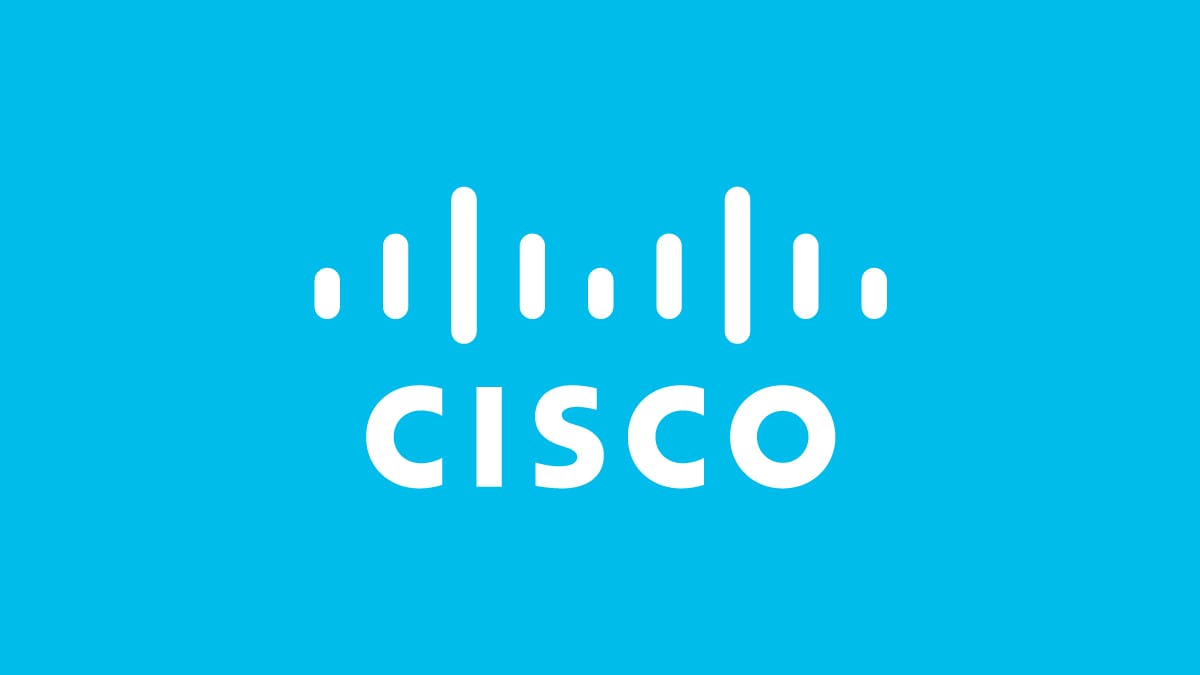Only 4% Organisations Reach ‘Mature’ Cybersecurity Readiness, Cisco Reports

Only 4% of Organizations Reach ‘Mature’ Cybersecurity Readiness, Cisco Reports in 2025 Index
In today’s fast-evolving digital landscape, cybersecurity is more important than ever. Yet, according to Cisco’s 2025 Cybersecurity Readiness Index, only 4% of organizations worldwide have reached the coveted ‘Mature’ level of cybersecurity readiness — the standard needed to effectively withstand the growing complexity of cyber threats.
Understanding the ‘Mature’ Cybersecurity Readiness Level
So, what does being ‘Mature’ in cybersecurity mean? Organizations at this level have built a robust security framework that includes:
-
Advanced threat detection and prevention tools, often powered by artificial intelligence (AI) and machine learning.
-
Rapid incident response capabilities to contain and remediate threats quickly.
-
A proactive security culture, where cybersecurity awareness is embedded across all levels of the organization.
-
Continuous risk assessments and improvements based on the latest threat intelligence.
In contrast, the vast majority of organizations fall into lower readiness tiers, which means they are more reactive than proactive, with insufficient tools, training, or strategies to deal with sophisticated cyber attacks.
Key Insights from Cisco’s Cybersecurity Readiness Index
Cisco’s global study highlights several critical points:
-
Cybersecurity Gaps Are Widespread: Most organizations remain vulnerable, lacking critical defenses against ransomware, phishing, supply chain attacks, and other threats.
-
Skills Shortage Is a Major Barrier: The cybersecurity talent gap continues to hamper organizations’ ability to build mature defenses.
-
Investment in Security is Lagging: Many businesses are underinvesting in cybersecurity infrastructure and training, despite escalating risks.
-
Regional and Sector Differences: Readiness levels vary, with some industries like finance and healthcare making more progress than others, and some regions lagging behind due to resource constraints.
Why Mature Cybersecurity Readiness Matters More Than Ever
Cyber attacks today are more sophisticated, frequent, and damaging than ever before. For organizations without mature defenses, the consequences can include:
-
Financial losses from data breaches or ransomware payments
-
Regulatory fines and legal consequences
-
Reputational damage and loss of customer trust
-
Operational disruptions that impact business continuity
Achieving mature readiness not only reduces these risks but also enables organizations to capitalize on digital transformation opportunities safely.
How Organizations Can Advance Their Cybersecurity Maturity
To close the gap and move toward mature cybersecurity readiness, Cisco recommends organizations focus on these key areas:
1. Conduct Regular Cyber Risk Assessments
Identify vulnerabilities and prioritize investments based on evolving threat landscapes.
2. Adopt Advanced Security Technologies
Leverage AI-powered threat detection, zero-trust models, and automated response tools to stay ahead of attackers.
3. Build a Strong Cybersecurity Culture
Educate employees continuously to recognize phishing, social engineering, and other attack vectors.
4. Develop Incident Response Plans
Test and update response strategies regularly to ensure quick containment and recovery.
5. Collaborate with Industry and Government Partners
Sharing threat intelligence and best practices strengthens the overall security ecosystem.
Conclusion: A Wake-Up Call for Businesses Worldwide
Cisco’s 2025 Cybersecurity Readiness Index is a critical reminder that while cyber threats are intensifying, most organizations are still playing catch-up. Only by prioritizing investment, training, and strategic security initiatives can businesses hope to achieve the ‘Mature’ level of readiness necessary to protect their assets, customers, and reputations in the digital age.
If your organization hasn’t yet evaluated its cybersecurity maturity, now is the time to act. Embracing a proactive, comprehensive approach to security will not only mitigate risks but also enable sustainable growth and innovation.



